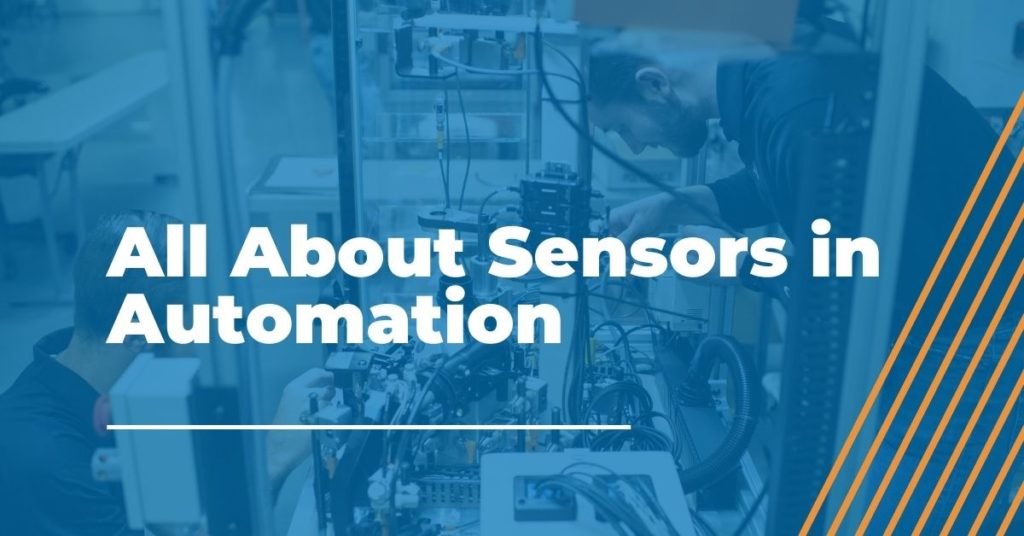
Sensors in Automation
Sensors in automation are extremely important to the reliability and accuracy of machines for all uses like ultrasonic plastic welding, automotive automation and many more functions. According to Automation Design Hacks, when choosing sensors for detection and measurement, everyone involved in the decision process should understand the capabilities and limitations of the sensors being utilized.
Sensor Basics
PNP versus NPN: This is the type of transistor inside the sensor that controls the switching action. PNP is used most often in the U.S. and Europe because it supplies current to the input card and acts similarly to a light switch in your home. There is voltage on one side of the sensor and when it is turned on, it creates a current path to the input card and then to the neutral side of the circuit. With NPN, zero voltage at the input means the switch is on. NPN is used more by the Japanese and other Asian countries, so if you are ordering or working with equipment from Asia, you may need to specify NPN.
Smart sensors versus “dumb”: Essentially a “dumb” sensor is a traditional sensor where the 24VDC is switched on and off like a light switch. The input card defines “on” as being above a certain threshold and “off” as below another. “Smart” sensors give you more information but require more communication.
No matter the technology you choose, the mounting is just as important as the sensor. Brackets need to be sturdy but have adjustability.
Types of Sensors in Automation
Inductive proximity sensors: These sense metallic materials through a magnetic or inductive field, making them non-contact. These sensors work best for sensing motions/tooling but not part presence.
Capacitive sensors: The benefit of these is that they are able to sense non-ferrous materials like wood, plastics or liquids. They are tunable to an extent so that you can sense only the material you want and are able to look through container walls. Capacitive sensors are bigger and more sensitive, making them more susceptible to false trips, as well as making them more expensive.
Ultrasonic sensors: These sensors tend to have much longer ranges than traditional sensors and can be used for rudimentary distance measurements.
Photoelectric sensors: Though they are possibly the most versatile instrument in this category, photoelectric sensors are prone to misadjustment and false triggers.
Laser displacement sensors: This class of highly accurate sensors can vary widely in price from $300 to $30,000. You’ll want to look for your surface finish compared to the dot size on the sensor.
Selecting the Right Sensor for Your Application
Want to talk about how sensors can further optimize your automation? Book an application review. We’d like to talk shop with you.
